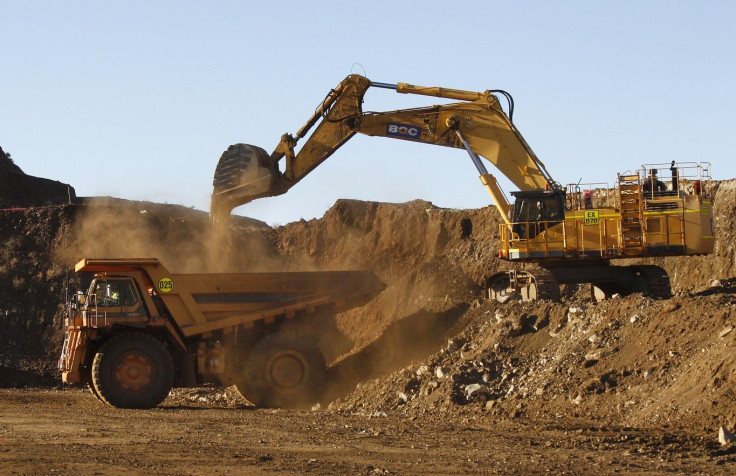Smaller miners remain debtless while giant counterparts tackle debt woes

Consultancy firm EY revealed that a large number of the world’s largest mining companies by market value — Rio Tinto, BHP Billiton, Fortescue Metals, Freeport McMoRan — had succumbed to almost US$200 billion [AU$284 billion] in net debt last year. This could have been easily repaid had the metals market not suffered from the economic slump in China, the largest metal consumer in the world, in the second quarter of this year.
“There are no other markets large and/or dynamic enough to offset a slowdown in China in the foreseeable future, and we forecast trade volumes to stabilise in the period to 2018,” said an analysts from Goldman Sachs on the issue in May.
Analysts at The Wall Street Journal calculated that it will take 10 years for these companies to pay off all their debts even if they devote a big chunk of their revenues to the repayment.
“Mining companies cut big project spending recently, but many still face the decision to reduce dividends to shareholders, or borrow more to keep funding high payouts, risking downgrades to their credit ratings that would drive up interest costs — even as they still need to spend to shore up ageing mines. Something has to give,” said EY’s global mining leader, Mike Elliott.
Amid the debt woes permeating through the mining industry, experts observed that it is the smaller firms that are winning the debit game.
The celebrated Russia-based nickel company Amur Minerals (London AIM: AMC) now has a zero-debt record after enjoying almost-uninterrupted market share boosts in the past twelve months. Its share price hikes in 2014 and in the first three quarters of this year were punctuated only by occasional sinks, making it a more palatable entity at the London metals bourse. This has given the company enough cash to burn during this period, as well as a capability to introduce infrastructure upgrades in its Kun-Manie project in Russia, one of the biggest nickel mining facilities in the world today.
Successes in exploration have also enabled Canadian Scandium International to pay all of its debt and continue expanding its operations in Vancouver. Small nickel miner Western Areas Ltd is expected to gain new investors after it recently announced that it had already paid off its final US$125 million (AU$177 million) of bonds, making the firm debt-free for the first time since 2004. West African gold miner Perseus Mining , on the other hand, remains a “small leader” in the gold extraction segment after eliminating all its debts last year.
On the other hand, Giant Anglo-Swiss mining firm Glencore, which is among the biggest casualties of the commodity collapse caused by the Chinese market, is adamant that it could recover from such a “widely publicised” quandary.
Last Monday, the firm said its board hopes that the US $10 billion (AU$14 billion) package of debt-reduction measures it had designed over the past weeks would propel the company to recovery. This package included over US$2.5 billion (AU$3.5 billion) of new shares, measures that aim to cut dividends and would allow the company to sell several assets.
The company has also decided that it would suspend operations at its copper mines in Congo. The move would remove over 400,000 tonnes of commodity out of the global market and could potentially provide a boost to metals prices.
According to a report by The Wall Street Journal, Glencore is expecting sales of US$2 billion and another US$2.5 billion to US$3.3 billion in revenue that would come from trimming down working capital and capital spending.
“After Monday’s announcement, Ben Davis, an analyst at Liberum Capital, said Glencore is ‘going into full battle mode, which the market certainly appreciates.’ Despite Monday’s stock-price rise, Glencore shares are down about 75 percent from the company’s initial public offering,” WSJ business correspondent Scott Patterson wrote.
Contact the writer at feedback@ibtimes.com.au, or let us know what you think below.




















